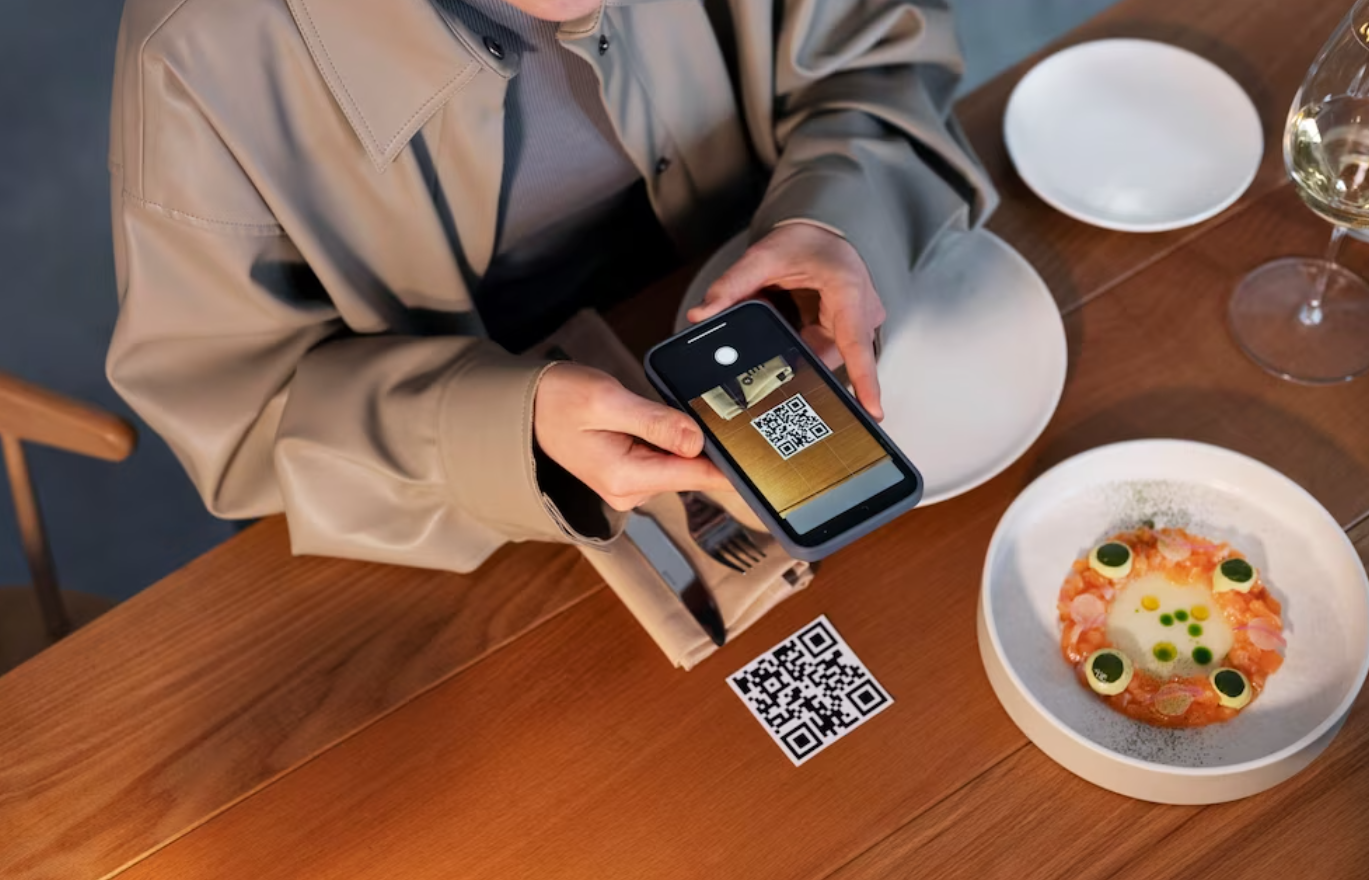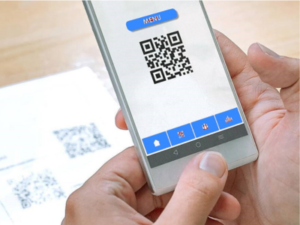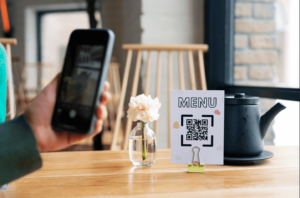The utilization of QR codes has gained significant popularity in various industries, and loyalty programs are no exception. In this article, we will explore the benefits of using QR codes in loyalty programs, highlighting their convenience, cost-effectiveness, enhanced data collection capabilities, and increased customer engagement. We will also provide examples of successful QR Codes for Loyalty Programs, discuss best practices for implementation, and address the challenges and limitations associated with this technology.
Introduction
Loyalty programs have long been an effective marketing tool for businesses to incentivize customer loyalty and repeat purchases. Traditionally, these programs involved physical loyalty cards or keychains, often resulting in inconvenience for customers and limitations for businesses in terms of data collection and analytics. However, the introduction of QR codes has revolutionized loyalty programs, offering a range of advantages that benefit both customers and businesses.
What are QR Codes?
QR codes, short for Quick Response codes, are two-dimensional barcodes that can be scanned using smartphones or QR code readers. They can store various types of information, such as text, URLs, or contact details. QR codes are easily recognizable by their square shape and unique patterns of black and white modules.
How QR Codes are Used in Loyalty Programs

1. Collecting and Redeeming Points
QR codes allow customers to conveniently collect and redeem loyalty points. By scanning a QR code displayed at a point of sale or on a receipt, customers can instantly update their loyalty accounts with earned points. This eliminates the need for physical cards or manual entry of information, streamlining the process for customers and reducing the risk of errors.
2. Personalized Offers and Discounts
QR codes enable businesses to deliver personalized offers and discounts to customers. By integrating loyalty program data with QR codes, targeted promotions can be sent directly to customers’ smartphones. This personalized approach enhances the customer experience and increases the likelihood of repeat purchases.
3. Feedback and Surveys
QR codes provide an efficient means of gathering customer feedback and conducting surveys. By placing QR codes on receipts, packaging, or within the loyalty program app, businesses can encourage customers to provide valuable insights and opinions. This feedback can be used to improve products, services, and overall customer satisfaction.
Advantages of QR Codes in Loyalty Programs
1.Convenience for Customers
QR codes offer unparalleled convenience for customers participating in loyalty programs. With a simple scan, they can quickly access their loyalty accounts, earn or redeem points, and receive personalized offers. The elimination of physical cards or keychains simplifies the process, making it more appealing for customers to engage with loyalty programs.
2. Cost-Effectiveness for Businesses
Implementing QR codes in loyalty programs can be highly cost-effective for businesses. Unlike physical cards or keychains, QR codes can be easily generated and distributed digitally, eliminating printing and distribution costs. Furthermore, businesses can leverage existing technology, such as customers’ smartphones, to facilitate QR code scanning, eliminating the need for additional hardware investments.
3. Enhanced Data Collection and Analytics
QR codes provide businesses with valuable data collection capabilities. By analyzing customer interactions with QR codes, businesses can gain insights into customer behavior, preferences, and purchasing patterns. This data can be used to personalize marketing efforts, optimize loyalty program rewards, and improve overall business strategies.
4. Increased Customer Engagement
QR codes promote increased customer engagement within loyalty programs. The convenience and personalized nature of QR codes encourage customers to actively participate, leading to higher levels of engagement and loyalty. Furthermore, QR codes can be integrated with gamification elements, such as scanning for rewards or unlocking achievements, further enhancing customer engagement.
Examples of Successful QR Code Loyalty Programs
Several well-known brands have successfully implemented QR code loyalty programs, showcasing the benefits they offer. Let’s explore a few examples:
1. Starbucks
Starbucks introduced the “Starbucks Rewards” program, which utilizes QR codes to collect and redeem loyalty points. Customers can scan the QR code displayed on their mobile app at the point of sale to earn stars and unlock various rewards, including free beverages and food items.
2. Sephora
Sephora’s “Beauty Insider” program incorporates QR codes to offer personalized experiences to customers. By scanning QR codes within the Sephora app, customers can access their loyalty accounts, receive exclusive offers, and even try on virtual makeup products.
3. McDonald’s
McDonald’s implemented QR codes in its “McDonald’s App” loyalty program. Customers can scan QR codes on their mobile devices to collect points for purchases, which can then be redeemed for free menu items. The program also provides personalized offers and discounts based on customer preferences.
Best Practices for Implementing QR Codes in Loyalty Programs
To ensure successful implementation of QR codes in loyalty programs, businesses should consider the following best practices:
1. Clear and Visible Placement
QR codes should be prominently displayed at the point of sale, on receipts, or within loyalty program materials. Customers should be able to easily locate and scan the QR codes without any confusion or obstacles.
2. Mobile-Friendly Design
QR codes and associated loyalty program platforms should be optimized for mobile devices. The design should be responsive and user-friendly, ensuring seamless scanning and interaction on smartphones.
3. Integration with Existing Systems
QR codes should be seamlessly integrated with existing loyalty program systems, such as customer databases or point-of-sale software. This integration enables real-time updates, accurate data tracking, and a cohesive experience for both customers and businesses.
Challenges and Limitations of QR Codes in Loyalty Programs
While QR codes offer numerous benefits for loyalty programs, there are some challenges and limitations to consider:
1. Lack of Awareness and Adoption
Not all customers may be familiar with QR codes or how to scan them. Businesses should provide clear instructions and educate customers on the benefits and ease of using QR codes within loyalty programs.
2. Technical Issues
QR codes rely on stable internet connectivity and functioning QR code scanning apps. Technical issues, such as slow internet connections or incompatible devices, may hinder the scanning process and frustrate customers.
3. Privacy and Security Concerns
QR codes may raise privacy and security concerns, as scanning a code can potentially lead to unauthorized access or data breaches. Businesses must implement robust security measures and reassure customers about the safety of their information.
FAQs
Are QR codes secure for loyalty programs?
Yes, QR codes can be secure for loyalty programs if proper security measures are implemented. Businesses should ensure data encryption, authentication processes, and secure server connections to protect customer information.
Can QR codes be scanned without an internet connection?
Yes, QR codes can be scanned without an internet connection. However, an internet connection may be required to access certain loyalty program features, such as updating points or receiving personalized offers.
Do customers need a specific app to scan QR codes for loyalty programs?
Customers can scan QR codes using various QR code scanning apps available on their smartphones. Some loyalty programs may have their own dedicated apps that include QR code scanning functionality.
Can QR codes be used for offline loyalty programs?
QR codes can be used in offline loyalty programs, but their functionality may be limited. Offline QR codes can store basic information, such as customer identifiers, which can be synced with the loyalty program database when an internet connection is available.
Can QR codes be reused or duplicated for fraudulent activities?
QR codes can be duplicated or reused, which poses a risk of fraudulent activities. To mitigate this risk, businesses should implement measures such as QR code expiration, unique identifiers, and verification processes to prevent unauthorized use.
Conclusion
QR codes have transformed loyalty programs, providing a range of benefits for both customers and businesses. The convenience, cost-effectiveness, enhanced data collection capabilities, and increased customer engagement make QR codes an invaluable tool in modern loyalty programs. By implementing best practices and addressing the associated challenges, businesses can harness the power of QR codes to create impactful and successful loyalty programs.












